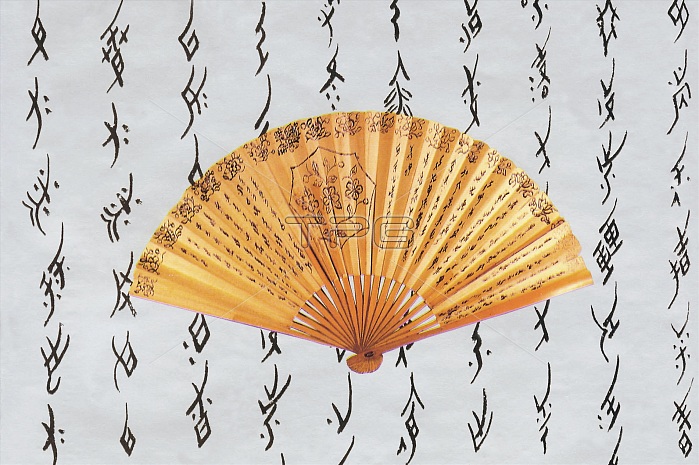
The N?shu script is used to write a local dialect of Chinese known as Xiangnan Tuhua (答玭?, 'Southern Hunanese Tuhua') that is spoken by the people of the Xiao and Yongming River region of northern Jiangyong County, Hunan. In addition to speaking Tuhua, most local people in Jiangyong are bilingual in the Hunan dialect of Southwestern Mandarin, which they use for communication with people from outside the area that Tuhua is spoken, as well as for some formal occasions. If Hunan Southwestern Mandarin is written, then it is always written using standard Chinese characters, and not with the N?shu script. In the sex-segregated world of traditional China, girls and women did not have the same access to literacy as boys and men, though throughout China's history, there were always women who could read and write; by late imperial times, women's poetry became a matter of considerable family pride in elite circles. It is not known when or how n?shu came into being, but, because it is clearly based in the standard Chinese script, hanzi, n?shu could not have been created before standardization of hanzi (circa 900). Many of the simplifications found in n?shu have been in informal use in standard Chinese since the Song and Yuan dynasty (13th - 14th century). It seems to have reached its peak during the latter part of the Qing Dynasty (16441911). The script was suppressed by the Japanese during their invasion of China in the 1930s-40s, because they feared that the Chinese could use it to send secret messages; and also during China's Cultural Revolution (196676). The last original writers of the script died in the 1990s (the last one in 2004). It is no longer customary for women to learn N?shu, and literacy in N?shu is now limited to a few scholars who learned it from the last women who were literate in it. Unlike the standard written Chinese, which is logographic (with each character representing a word or part of a word), N?shu is phonetic, with each of its approximately 600-700 characters representing a syllable. N?shu characters are an italic variant form of Kaishu Chinese characters. The strokes of the characters are in the form of dots, horizontals, virgules, and arcs. The script is written from top to bottom or, when horizontal, from right to left, as is traditional for Chinese. Also like standard Chinese, vertical lines are truly vertical, while lines crossing them are angled from the perpendicular. Unlike Chinese, N?shu writers value characters written with very fine, almost threadlike, lines as a mark of fine penmanship.
| px | px | dpi | = | cm | x | cm | = | MB |
Details
Creative#:
TOP27282986
Source:
達志影像
Authorization Type:
RM
Release Information:
須由TPG 完整授權
Model Release:
No
Property Release:
No
Right to Privacy:
No
Same folder images:

 Loading
Loading